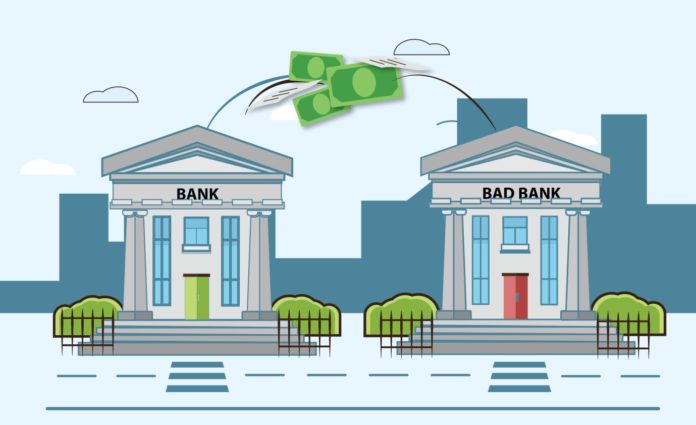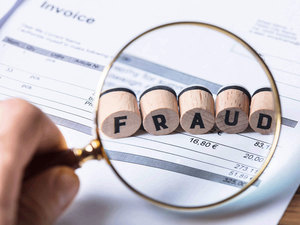On 16th September 2021, FM Nirmala Sitharaman announced the formation of India’s first ever “Bad Bank”. It is not a bank for customers to take a loan, make fixed deposits etc., but the perspective behind a bad bank is different, with an aim to help clean up bank’s books by taking over 2 lakh crore bad loans. After a decade of discourse, India’s financial industry got – Bad Bank.
“If it works as intended, Bad Bank may help cut system-wide bank NPAs (Non-Performing Assets) by over 1% and help recover some of the bad debts too.”, say Analysts.
National Asset Reconstruction Company Limited (NARCL) as it is officially named has already been incorporated under the Companies Act which will acquire stressed assets worth about Rs. 2 lakh crore from various commercial banks in different phases to resolve or liquidate. It will buy these stressed assets for a mix of cash, and government-guarantee security receipts.
The Union Cabinet has approved Rs. 30,600 crore government guarantees for the National Asset Reconstruction Company (NARC) thereby paving the way for operationalization of bad banks.
India Debt Resolution Company Limited (IDRCL), another entity will then try to sell the stressed assets in the market.
This proposal has come as a welcome move for a banking sector which has been reeling under the weight of bad loans.
What is a Bad Bank?
Many are confused with public or private sector banks, but this is a bank to support public and private sector banks in curbing their Non-Performing Assets. A bad bank is a bank set up to buy the bad loans and other illiquid holding of another financial institution. Bad banks are typically set up in times of crisis when long-standing financial institutions are trying to recuperate their reputations and wallets.
The Need of Bad Bank
When an asset including a leased asset becomes non-performing when it ceases to generate income for the bank, banks feel stress of NPA (Non-Performing Assets) which will create pressure not just on the banking system but also on the economy. Maintaining the health of the banking system is a necessity to boost the economy.
Several leading economists feel “bad bank” could be a good idea to free the banks from the pile of burden of the NPA. Back in May the Indian Banks Association (IBA) had suggested to the finance ministry to RBI to set up a bad bank.
The Indian Government took the strong move of establishing a bad bank post pandemic to tackle the issue of bad loans and push the economy meanwhile, also consider improving the health of the banking sector. However, the move of the bad bank got mixed opinions earlier.
International Experience of Bad Bank
It helps in combining all bad loans of banks under a single exclusive entity. Countries like the US, Germany, and Japan have used this concept. The US implemented the Troubled Asset Relief Program (TARP) after the 2008 financial crisis. It was molded around the idea of a bad bank. The US Treasury earned nominal profits under the TARP.
Final Words
As you know the public sector banks’ management is beholden to politicians and bureaucrats, hence their lack of professionalism will always remain and the norms of lending will have to suffer. Hence, the idea of a bad bank is indeed good move, however, the main challenge lies with tackling the underlying structural problems in the banking system and announcing reform accordingly.








